Salience Model to Classify Project Stakeholders
The term “stakeholder” is widely used in project management. A stakeholder is someone who affects a project or is affected by the outcomes of a project. They can be at any level such as external, internal, junior, senior, and also they can be single individuals or entire organizations. Sometimes stakeholders can influence organizations or projects with their expectations. It is difficult to prioritize and manage them in wide and complex projects. Therefore some methods are used for the classification of stakeholders according to their interests, power, requirements, and expectations within a project. The salience model is recommended by the PMBOK Guide for classifying stakeholders like the other three models (power/interest grid, power/influence grid, influence/impact grid). According to the salience model, stakeholders can be grouped as Latent, Expectant, and Definitive Stakeholders. In this article, we will take a look at the stakeholder salience model.
Table of Contents
Stakeholder Management
No matter if you’re managing a small project or a sophisticated one, you have to manage stakeholder’s requirements for successful completion. If the scale of your project is relatively small, it is easier to manage stakeholder’s requirements. However, if the scale of the project is large, you must make a huge effort to satisfy them.
Considering the limited resources and time in your project’s environment, it is not easy to treat each stakeholder equally. Therefore you must identify and classify stakeholders to manage them effectively.
You must decide which stakeholders are important than others and categorize them according to their power, requirements, and interest in your project.
You will be careful while managing important stakeholders because their attention and effect on your project’s objectives are often more than less important stakeholders. This is where the stakeholder classification comes into play.
The Salience Model
According to the PMBOK Guide, four models can be used for classifying stakeholders which are below,
1. Power/interest grid
2. Power/influence grid
3. Influence/impact grid
4. Salience model
The first three models (power/interest grid, power/influence grid, influence/impact grid) are quite similar because they use two parameters. However, the fourth model which is salience is different than others because it uses three parameters.
The term salience is related to being noticeable or important. As per the definition, stakeholder salience can be thinkable as the importance that you attribute to your stakeholders. The salience model was introduced by Mitchell, Agle, and Wood for classifying stakeholders within a project. According to this model, there are three parameters are used to categorize stakeholders.
- Power : Power is the influence of the stakeholder on a project’s objective or outcome.
- Legitimacy : Legitimacy is the degree of authority the stakeholder has.
- Urgency :Urgency is the level to which stakeholder needs call for urgent response. It represents how time-sensitive the needs of the stakeholder.
Note that stakeholder’s salience on your project is not static. It may change as the project progresses. Therefore you need to update the model over time.
Salience Model Diagram
A typical salience model diagram has three circles for each parameter. It is quite similar to a Venn diagram which depicts elements as points in the plane and sets as regions inside the closed curves. The intersection of these three circles creates 4 regions marked on the diagram. Out of the intersection region, there are additional 3 regions. These total 7 regions represent different types of stakeholders on the project.
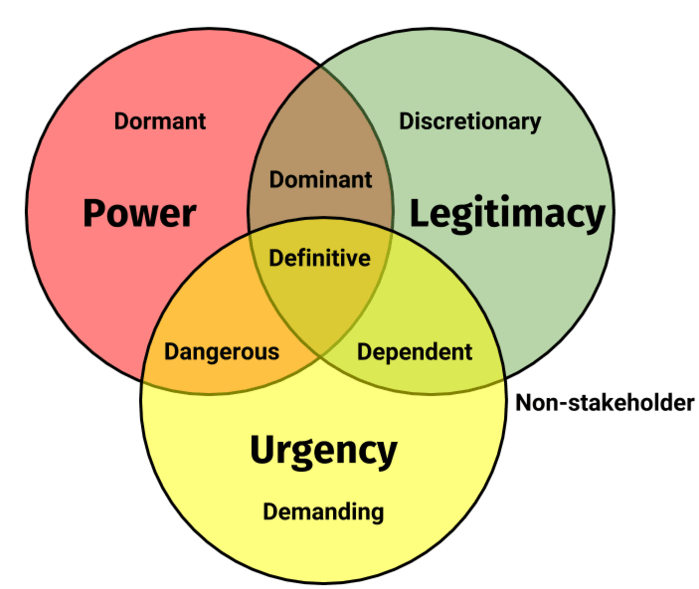
According to the Salience Model Diagram three classes of stakeholders can be defined:
Latent Stakeholders
Latent stakeholders are the stakeholders with only one of the 3 attributes, power, legitimacy, and urgency. Latent stakeholders don’t give much attention to the project and usually treated with low salience. Dormant, Discretionary, and Demanding stakeholders are classified as Latent stakeholders.
- Dormant : Stakeholders with high power but low legitimacy and low urgency.
- Discretionary : Stakeholders with high legitimacy but low power and low urgency.
- Demanding : Stakeholders with high urgency but low legitimacy and low power.
Expectant Stakeholders
Expectant stakeholders are the stakeholders with two one of the 3 attributes. Usually treated with moderate salience. Dominant, Dangerous, Dependent stakeholders are classified as Expectant stakeholders.
- Dorminant : Stakeholders with high power and high legitimacy but low urgency.
- Dangerous : Stakeholders with high power and high urgency but low legitimacy
- Dependent : Stakeholders with high urgency and high legitimacy but low power
Definitive Stakeholders
Definitive stakeholders are the stakeholders with two of the 3 attributes. They are treated with high salience. They can also be defined as core stakeholders. They have high power, high urgency, and high legitimacy. Therefore you must give the highest priority to them because this group has all the attributes.
Use Salience Model to Develop Stakeholder Management Strategy !
Stakeholder management strategy can be as follows depending on the results obtained from the salience model.
- Give the highest priority and attention to the definitive (core) stakeholders. Because they have all the attributes (power, urgency, legitimacy).
- Give the next highest priority and attention to the expectant stakeholders because they have a mix of any two attributes.
- Give the lowest priority and attention to latent stakeholders. Because they have just one attribute.
Summary
Stakeholder management plays a key role in the success of a project. If you do not fulfill your stakeholder’s requirements, your project will not be accomplished. Because project management is subject to manage stakeholders and their requirements. There are four models recommended by the PMBOK Guide. However, the Salience Model is quite helpful for defining and classifying stakeholders. The salience model depends on three parameters; power, legitimacy, and urgency. Understanding and using this model gives a point of view for effective stakeholder management. However, the salience model is time-consuming compared with the other three methods. Like other methods, expert bias can significantly affect classifications.
In this article, we discuss the stakeholder salience model to classify stakeholders and demonstrate how to draw a salience model. Note that stakeholder identification, classification, and management are important concepts for the PMP Certification exam.
See Also
Stakeholder Analysis and Stakeholder Management
External References
Planning effective stakeholder management strategies

Wanda is the Director of Blue Horizons Professional Training Services which focuses on the delivery of PMI-SP, Stakeholder Management and other project related workshops, training, mentoring and consulting services. She holds a Doctor of Project Management from Harward University.

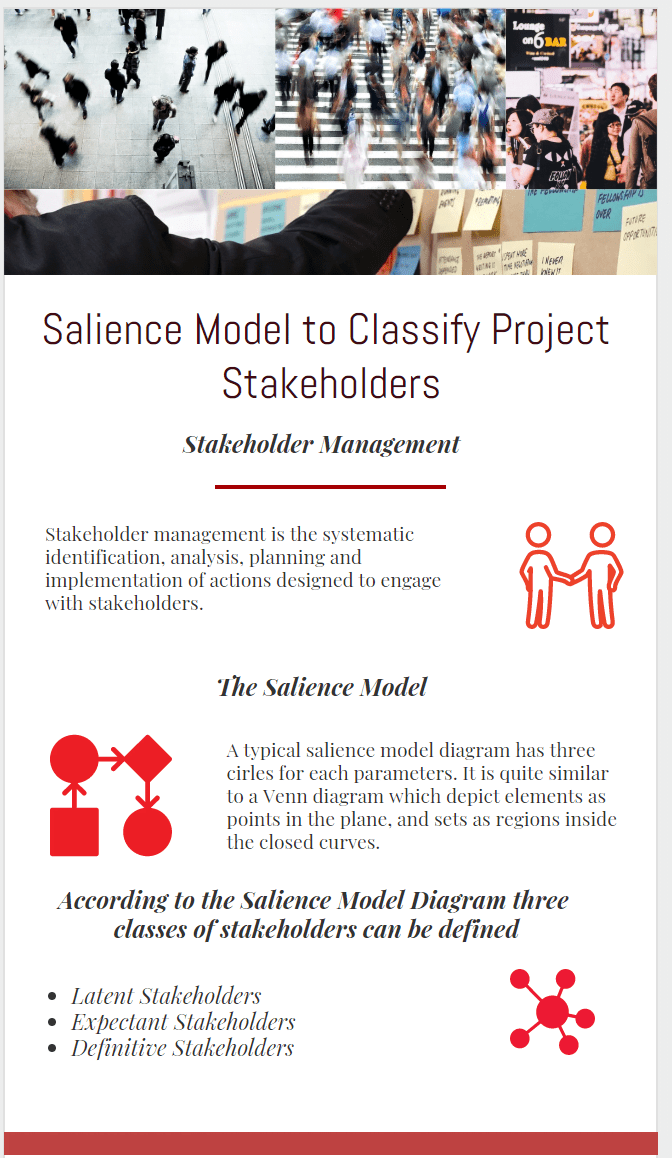
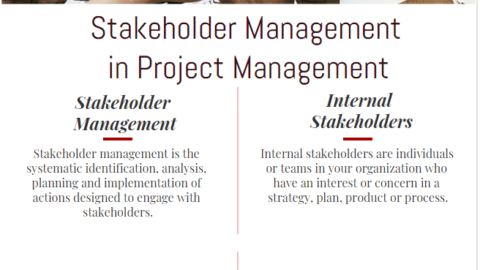
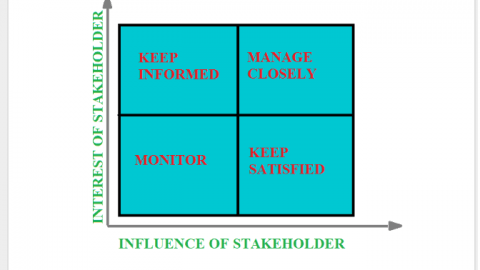
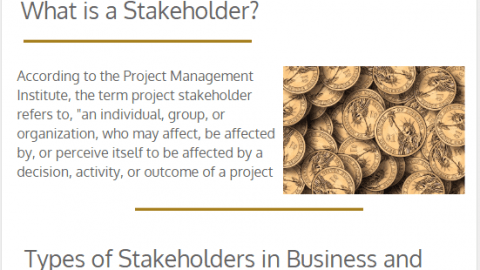
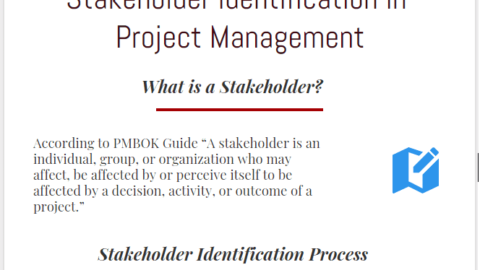
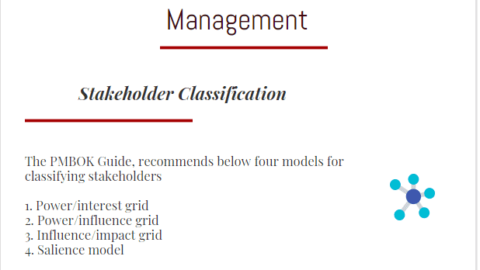
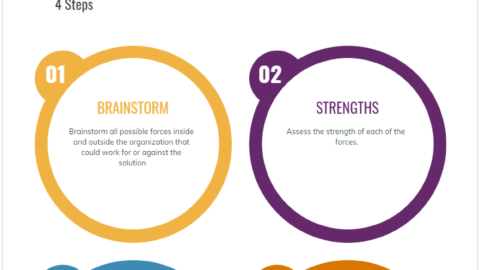
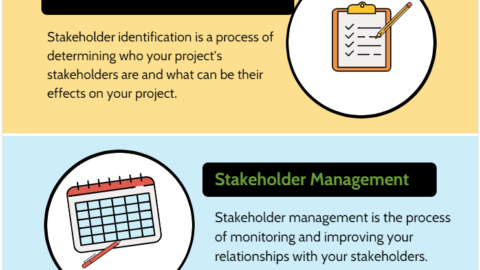

you made an error regarding the dominant stakeholder you accidentally said dorminant 🙂
Expert certification can be beneficial.